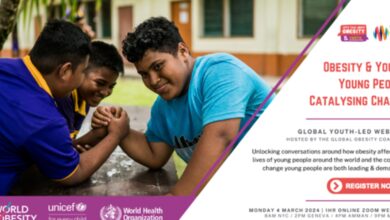Lifecycle Hormones May Predict Lung Troubles in Women
Early periods, miscarriages, and early menopause associated with higher COPD risk

The intricate dance of female hormones over a woman’s lifespan may predict future respiratory diseases like chronic obstructive pulmonary disease (COPD), suggests striking new research.
A wide-spanning analysis of 27 past studies by University of Queensland scientists found that key reproductive milestones may significantly raise or reduce COPD susceptibility later in life. The common lung condition causes severe breathing issues and includes chronic bronchitis and emphysema.
Earlier first periods and early menopause stood out as particular risk factors. Women starting periods before age 11 had a 17 percent higher COPD likelihood versus age 13, rising to 24 percent past age 16. Early menopause before 40 signaled a 69 percent rise in disease odds.
Conversely, later menopause over age 54 correlated to a 21 percent dip in COPD risk, implying a protective benefit of long-term estrogen.
Miscarriages and stillbirths also surfaced as repeat red flags, inflating COPD risk as much as 36 percent higher with three or more consecutive pregnancy losses.
Curiously, motherhood’s impact depended on numbers. Birthing over three children aligned to a 34 percent greater COPD risk than two, whereas single children correlated to only an 18 percent increase.
Study authors note the results spotlight hormone balance as a probable player in lung health, but Observational limitations bar causal conclusions. Still, understanding exact biological pathways could help stratify at-risk women sooner for vigilant screening.
The sweeping analysis aggregated data across 850,000 women globally, lending confidence. “Overall effects likely differ by reproductive stage, with early estrogen harmful but later exposure protective for lungs,” the researchers summarize. “Shorter lifetime estrogen ties to higher COPD risk.”
Though smoking drives much lung disease, COPD impacts more nonsmoking women, pressing the need to uncover alternative gender-specific origins. These latest findings offer intriguing hormonal clues, but further research must investigate mechanisms and translational applications more closely.



